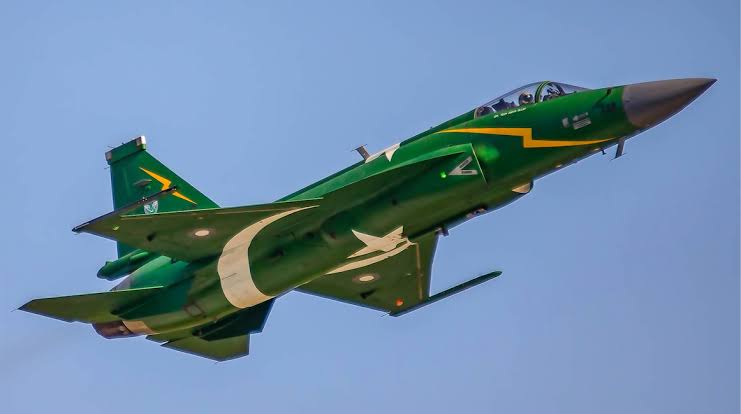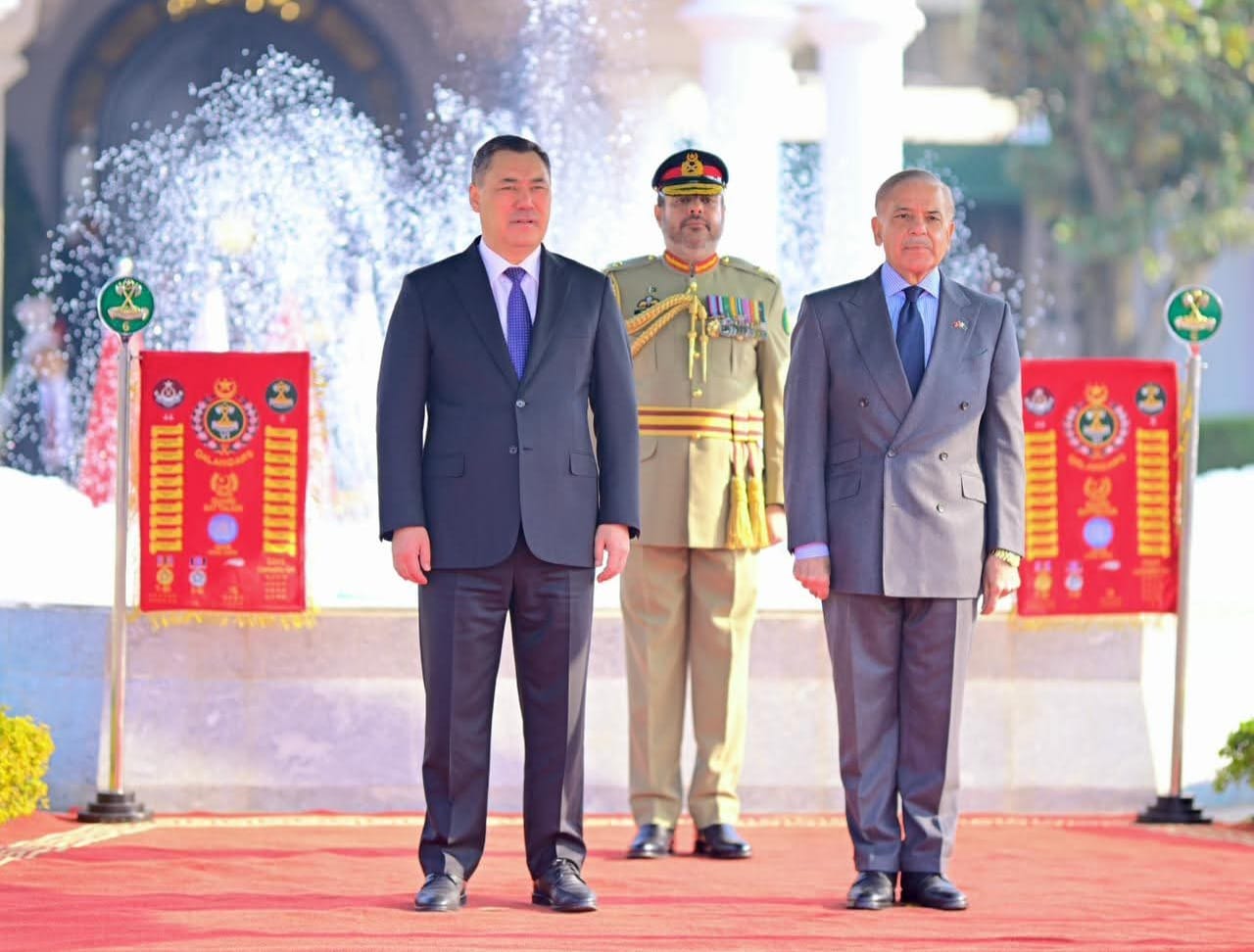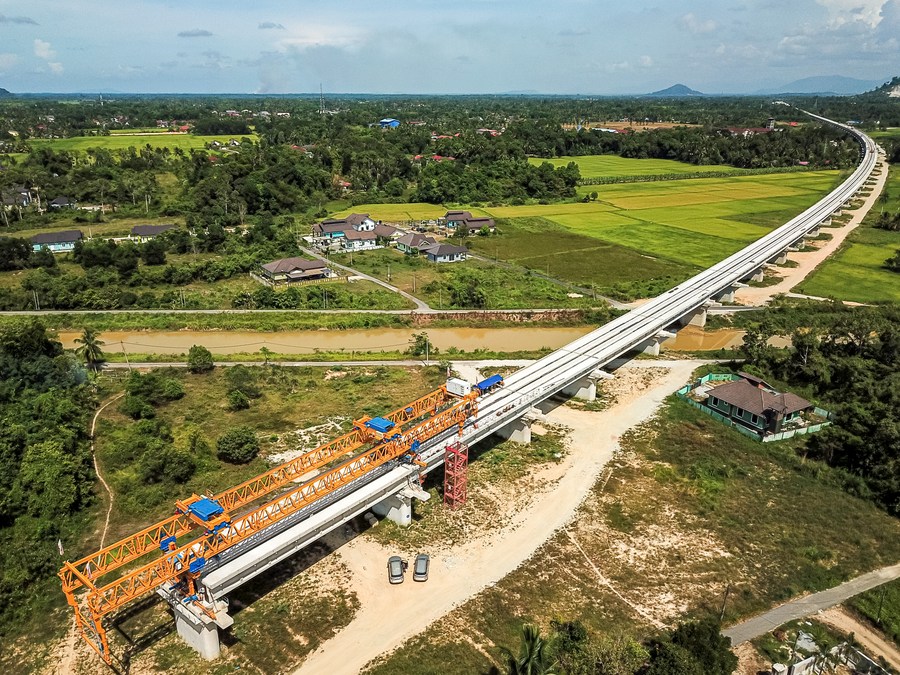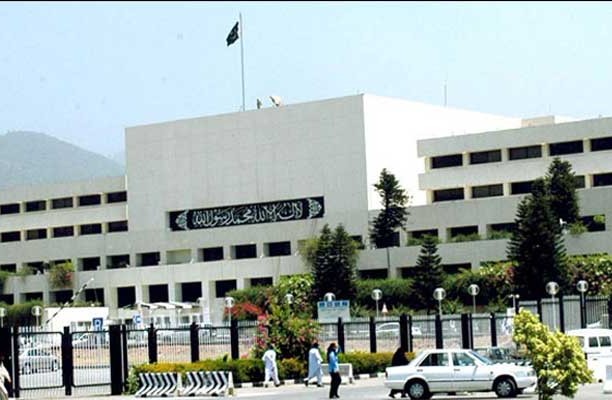Each year, February 26 and 27 commemorate the anniversary of the infamous “Balakot Strike” by the Indian Air Force (IAF) and the strategically measured retaliatory response by the Pakistan Air Force (PAF). It was the first full-throttle direct aerial engagement since the 1971 war. The Indian aggression was seen mainly to serve political ends, i.e. to sway the vote in favour of the ruling political party in the elections due in less than three months.
The employment of a mass raid against a single madrassah building, which was not too deep for a stand-off weapon employment, was more of a power show than an operational expediency. However, the Indian choice of a large air strike could be with some objectives. First, the choice of air power over ground-based action was likely influenced by India’s knowledge of the lukewarm international response to its claims of a surgical ground strike in September 2016. Aerial strikes inherently project a more punitive effect. Second, deploying a large strike package would amplify the display of strength and pride and echo military dominance. Third, a border violation would inevitably draw global media attention and discredit the Pakistani defence. If not for these objectives, the Indians could have selected any other madrassah closer to the Line of Control and targeted it through the stand-off weapons from within its airspace, utilising a much smaller number of aircraft.
Whereas the IAF failed to hit the target, however, the breached conventional deterrence had to be restored. This restoration demanded not a matching but a stronger response without escalating into full-scale war. With these deep thoughts, the PAF engaged multiple ground targets without crossing the LoC, in a manner to ensure zero human casualties while simultaneously showcasing its firepower and precision strike capability. In this operation, two Indian aircraft were shot down by PAF escorts, one inside Pakistan territory and its pilot was captured alive. Additionally, one Indian helicopter became a victim of friendly fire. The PAF’s resolute response was vital to preserve its outstanding professional legacy; inaction would have been interpreted as a sign of weakness with implications on re-establishing the conventional strategic balance.
The limited-scale application of airpower highlights several enduring doctrinal principles in air warfare. First, airpower inherently accelerates escalation far more rapidly than any ground manoeuvre. The “Psycho-Political” impact of a weapon dropped from the air is much more profound than any ground attack. Second, the use of long-range precision weapons has made the defence of forward vulnerable points (VPs) difficult and necessitates that the strike is intercepted in its own territory. However, the ambiguity of adversary intent in peacetime makes a timely interception a complex proposition. Third, the distinction between offensive and defensive counter-air operations is getting blurred, with strike aircraft engaging targets without crossing borders and CAP aircraft crossing borders to intercept the strike. Fourth, in the case of a limited operation with a limited objective in a limited area, the force differential between opposing forces becomes less relevant since the force-area ratio comes into play, and only a restricted number of aircraft can be inducted in the defined operational area. Fifth, winning the combat is not only a function of the high-tech platform with a superior weapon. Instead, success hinges on the ability to function seamlessly in a network of fully integrated Command and Control Centers, ground-based radars, Airborne Warning and Control Systems (AWACS), Electronic Warfare (EW) platforms, and Surface-to-Air Missile (SAM) systems. Last but not least, this military confrontation has again demonstrated that there is no space for an all-out war under nuclear over-hang. However, a limited airpower application is possible when a measured aggression is intended.
The stumping question is why India did not respond to the PAF strike. Did they fail to comprehend, or did they have an international signal that Pakistan would not respond? Given the tall geo-military stature, India was not expected to have undertaken the explosive Balakot strike without the determination to match and escalate against any plausible Pakistani response. Partly, the reason can be found in PM Modi’s own statement, “India is feeling the absence of Rafale”, and partly it can be found in Mike Pompeo’s book ‘Never Give an Inch’, in which he claims that during this encounter, the US had to intervene and avert the nuclear escalation between the two states. India did try to manage some broken pride by awarding ‘Vir Chakra’ to one of its pilots for an act of bravery that the pilot, the IAF, and the state knew was never committed.
Most people assume that this flare-up was restricted to the events of February 26 and 27. Little do they know about the ensuing threat reports, close face-offs, random day/night CAPs, hot scrambles, and critical surveillance and reconnaissance operations that continued. The boiling temperature the Indian aggression created did not come down in days but took weeks to settle down. But, in the end, reasoning and diplomacy prevailed to avoid a probable catastrophe that could have engulfed the nearly 1.7 billion population of the subcontinent, with no one standing as winner.

Air Vice Marshal M Z Faisal (Retd) is a freelance writer. He may be reached at mzfaisal65@gmail.com.












